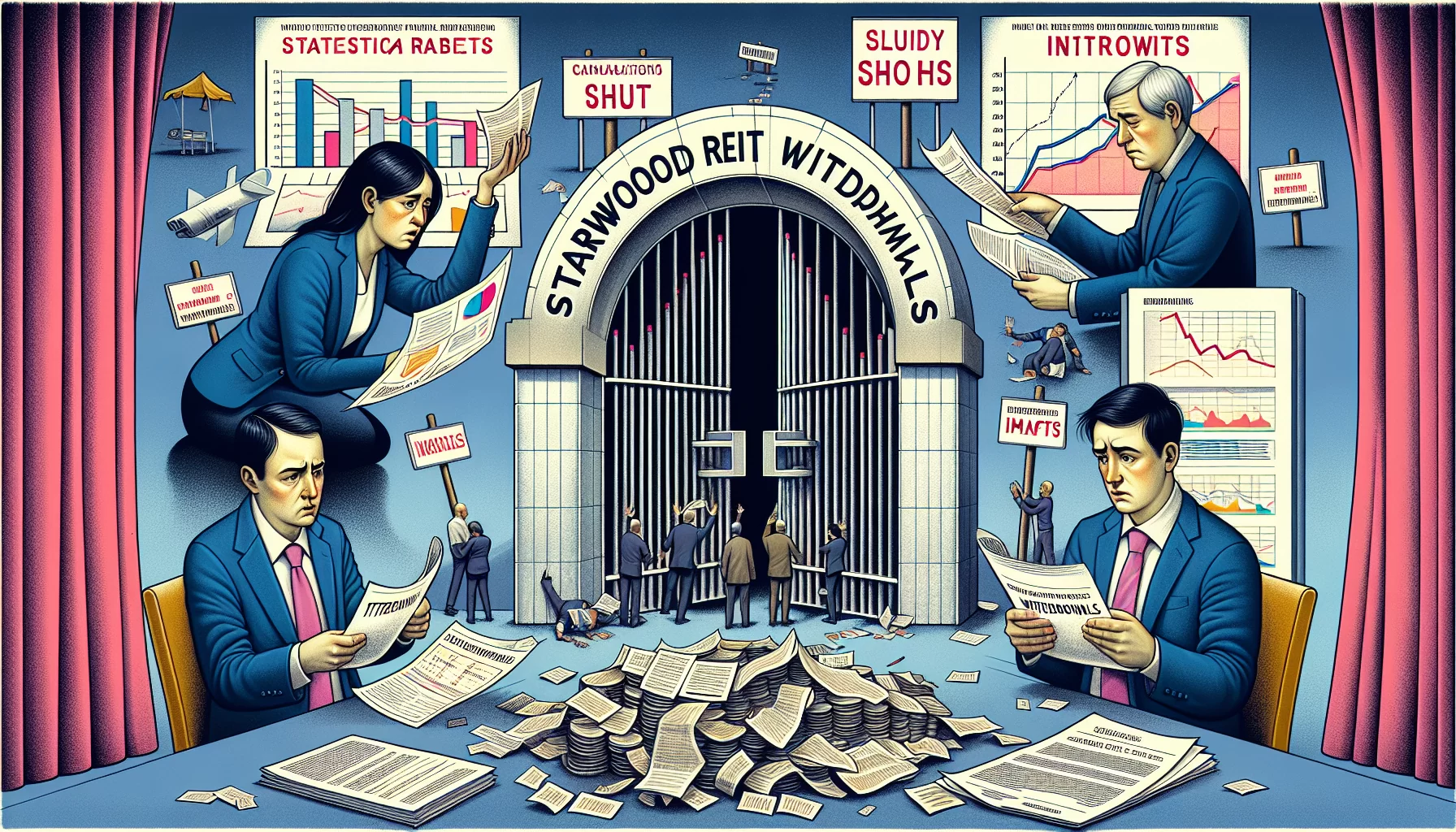sshepard Co-authored by Treading Softly There’s a classic saying that “if you can’t beat them, join them.” When it comes to approaching the market to gather income from your holdings effectively, there can be areas in the market where you cannot produce better income than the companies that already exist there. The banking sector has existed for an exceptionally long time and continues to be a vital part of the economy because it provides financial services that other companies and sectors have not been able to effectively provide on their own. We’ve seen that when companies want to provide similar services, they become a bank; look at NewtekOne (NEWT) for example. They were a fantastically well-run BDC (Business Development Company), but they decided that they wanted to expand their offerings to be more of what a financial institution would be. So, they decided to become a bank because they could not keep up with banks without becoming one themselves. They effectively said we can’t beat them, so we’re going to join them. If you’re following our unique Income Method to generate a livable yield from your investments to pay your expenses and live your life to the fullest, sometimes you need to accept that when it comes to the financial sector, there’s not much better you can do but to join the banks. In this regard, I want to examine two different ways that you can join the banks. One involves investing in a vast array of financial institutions, and the other involves investing in the same types of assets that banks are investing in themselves. Let’s dive in! BTO — Yield 9.3% John Hancock Financial Opportunities Fund (BTO) is a CEF (Closed-End Fund) that invests in banks. Banks have fallen out of favor in the past couple of years, as the failure of Silicon Valley Bank sparked fears of another bank-driven financial crisis. More than a year later, we can see that the fears failed to materialize into reality, as it turned out the boogeyman wasn’t actually under the bed. In terms of assets, the bank failures of 2023 were huge. The news media became hyper-sensitive, and fears of bank panic spreading were everywhere. Some might find it surprising that bank failures are fairly common. From 2015 through 2019, 25 banks failed with little fanfare. Source FDIC What was startling last year was not the number of bank failures, but the sheer amount of assets, as the failure of Silicon Valley Bank was huge. Yet, as we sit here today, we can be confident that it wasn’t a “Lehman moment”, as some were suggesting at the time. During the crises, we noted that the issues with Silicon Valley Bank were specific to them and not indicative of a systemic crisis. Fast-forward to today — banks are no longer at panic prices but are still trading at very attractive valuations. The market stopped panicking, but is still a bit cautious about banks. For BTO, this means that the price is currently trading at a discount to Net Asset Value. Data by YCharts For a fund that routinely trades at a healthy premium, this is a buying opportunity. We continue to believe that the structural risks for banks are much lower than some in the market believe. Banks were stressed by declining Treasury prices on their balance sheets, but as interest rates stabilize, the shock of the impact is dissipating. If interest rates start declining, that will speed up the process, but it is hardly required. The Treasury portfolios that the bears loved to point to as having huge unrealized losses are slowly curing themselves as Treasuries mature at par and are reinvested into new Treasuries at today’s higher rates. While there is certainly some stress on commercial real estate that could cause credit losses at some banks, we don’t see anything that is nearly as significant as the ubiquitous mortgages and CDOs (Collateralized Debt Obligations) that collapsed during the GFC. Banking regulations are a lot more strict, and the positioning of banks is far more conservative. We are not in a period where credit issuance was high and irresponsible. Whatever overenthusiasm there was in the credit markets, experienced a bucket of cold water during COVID. As a result, credit quality is relatively strong among borrowers compared to other pre-recession periods. This is why we expect that if there is a recession, it is unlikely to be a severe one for lenders. This includes bank and non-bank lenders. JAAA and CLOA — Yield +6% BlackRock AAA CLO ETF (CLOA) and Janus Henderson AAA CLO ETF (JAAA) are funds that offer attractive 6% yields. When we usually talk about CLO (Collateralized Loan Obligations) funds, we focus on funds on the bottom side of the CLO structure. The equity and subordinated tranches offer extremely high yields in this environment. Source ECC Earnings Call Presentation This would be the higher risk but much higher reward side of things. If you’ve read our articles on OXLC (Oxford Lane Capital) or ECC (Eagle Point credit), which invest in the bottom level of a CLO, the equity tranche, which offers the highest risk but highest reward. We have also suggested the idea of investing in Eagle Point Income Company (EIC), which invests in the subordinated debt section of a CLO. Many have asked us about safer options. These two ETFs invest in the largest section of a CLO, which predominantly and historically has been owned by high-net-worth individuals, financial institutions like major banks, and insurance firms. That’s because Triple-A CLO debt is considered to be among the lowest-risk debt investments possible alongside highly rated corporate bonds, agency mortgage-backed securities, and U.S. Treasury notes. These senior tranches have little credit risk because the entire structure of a CLO is designed to ensure that the AAA tranches get paid first. However, the underlying borrowers are still rated B/B+. As a result, these investments provide a slightly higher level of income than a Treasury note. However, unlike fixed-income alternatives, Triple-A CLO debt is a floating investment. If you expect interest rates to remain higher for longer and want a place to put cash that offers a higher yield than Treasury notes, these ETFs are a reasonable option. It is worth noting that the distributions will be variable and will decline if interest rates decline. In terms of price volatility, JAAA/CLOA can be expected to have relatively low price swings. The price will be sensitive to changes in interest rate outlooks and could be impacted by default fears, but likely far less than many other investments. To be clear, the risk is low relative to other investment options, and it would be reasonable to put investment money here to earn a higher yield while you wait for opportunities to deploy it. It is a place for money where you want lower risk. However, it is not a safe place for money where you cannot tolerate any risk like your emergency fund. Price swings over a month or two are likely to be in the low single digits, but they can happen and, in a panic-type event, could be larger. I know a lot of investors are looking for a lower-risk place to put their cash that can earn a higher yield than maybe their money market account from their brokerage is offering. These two funds are a great opportunity with the understanding that the yield will decline in concert with changes in short-term interest rates. Conclusion With BTO, JAAA, and CLOA, we have multiple routes to be able to invest alongside or in financial institutions that allow us to enjoy strong income from them. BTO gives you exposure to a vast array of financial institutions to collect a great yield from the effectiveness of experienced fund managers. CLOA and JAAA provide us a route to invest in Triple-A CLO debt to collect a higher yield income at very low risks, right alongside financial institutions that invest in this type of debt, MBS, and Treasury notes. At the end of the day, our goal is to maximize the income we can receive and minimize the risks that we take on. These opportunities today allow us to hit that sweet spot between risk and reward to be able to collect great income without having to take on outsized risk. When it comes to retirement, the greatest risk you face is becoming financially destitute. Unfortunately, it’s a fact of life that as we get older, our health will wane, and we will need to invest more of our time and energy into maintaining our health. The last thing you want to do is worry about your finances while you’re taking care of your health and enjoying retirement with your loved ones. This is why I created my Income Method in the first place, to help solve some of retirement’s biggest burning questions and meet those needs head-on. That’s the beauty of my Income Method. That’s the beauty of income investing. Today, it’s time to decide that if you can’t beat the sustainable income generation of our Income Method, it might be time to join it.
sekar nallalu BTO,CLOA,Cryptocurrency,JAAA,Rida Morwa,Treading Softly 3 Bank Funds To Buy For Your Retirement Income
Related Posts
Understanding the controversial gating of Starwood REIT withdrawals and its impact on investors
I am here to simplify a recent event in the financial world that’s causing quite a stir among investors –[...]
Technology
from MARIA MACHARIA in Nairobi, KenyaKenya BureauNAIROBI, (CAJ News) – AIRTEL Africa has appointed Network International as its[...]
Strategic Investment Opportunities As Market Recovery Starts
Angry Pepe Fork (APORK) is a part of a unique niche within the Web3 space through the introduction of a[...]


